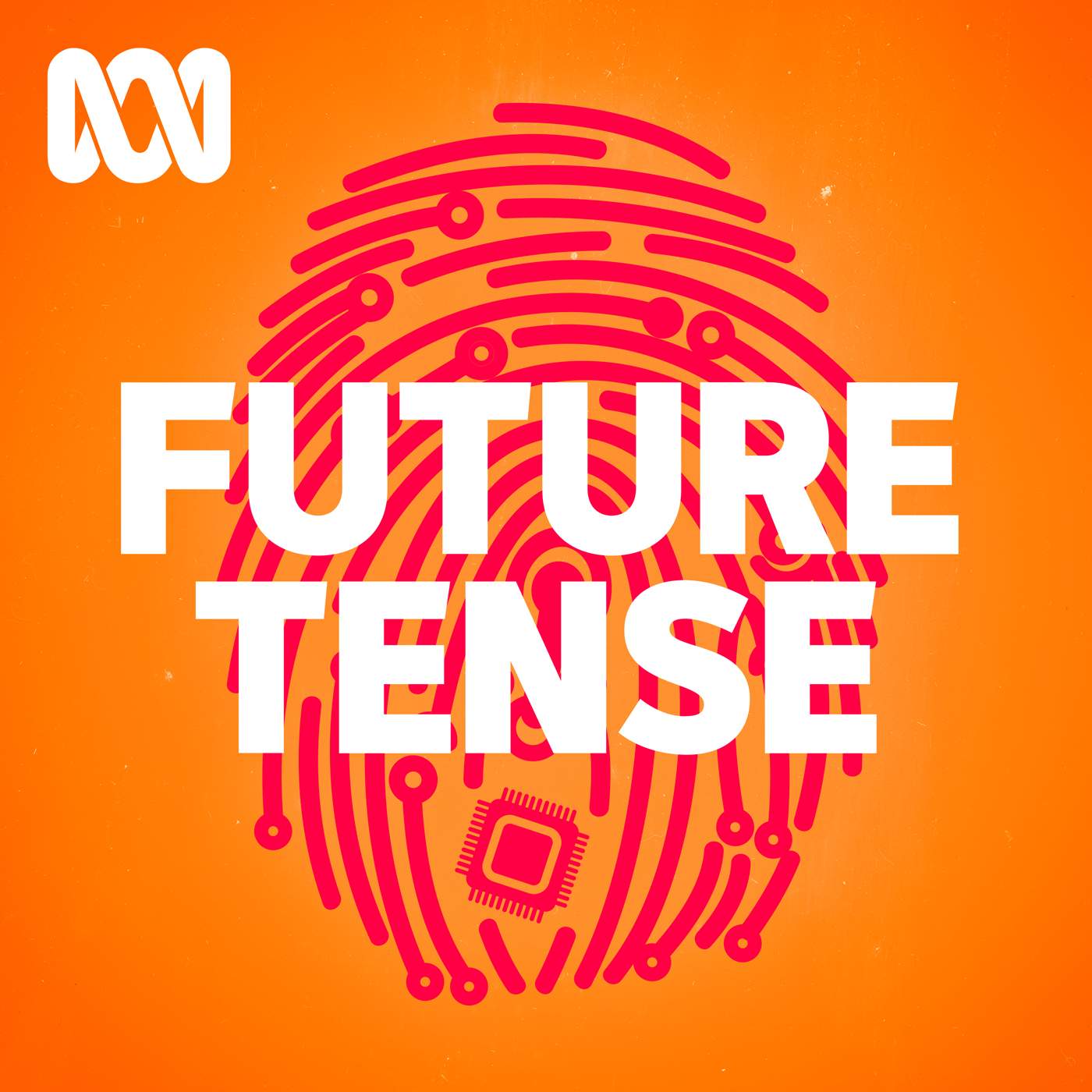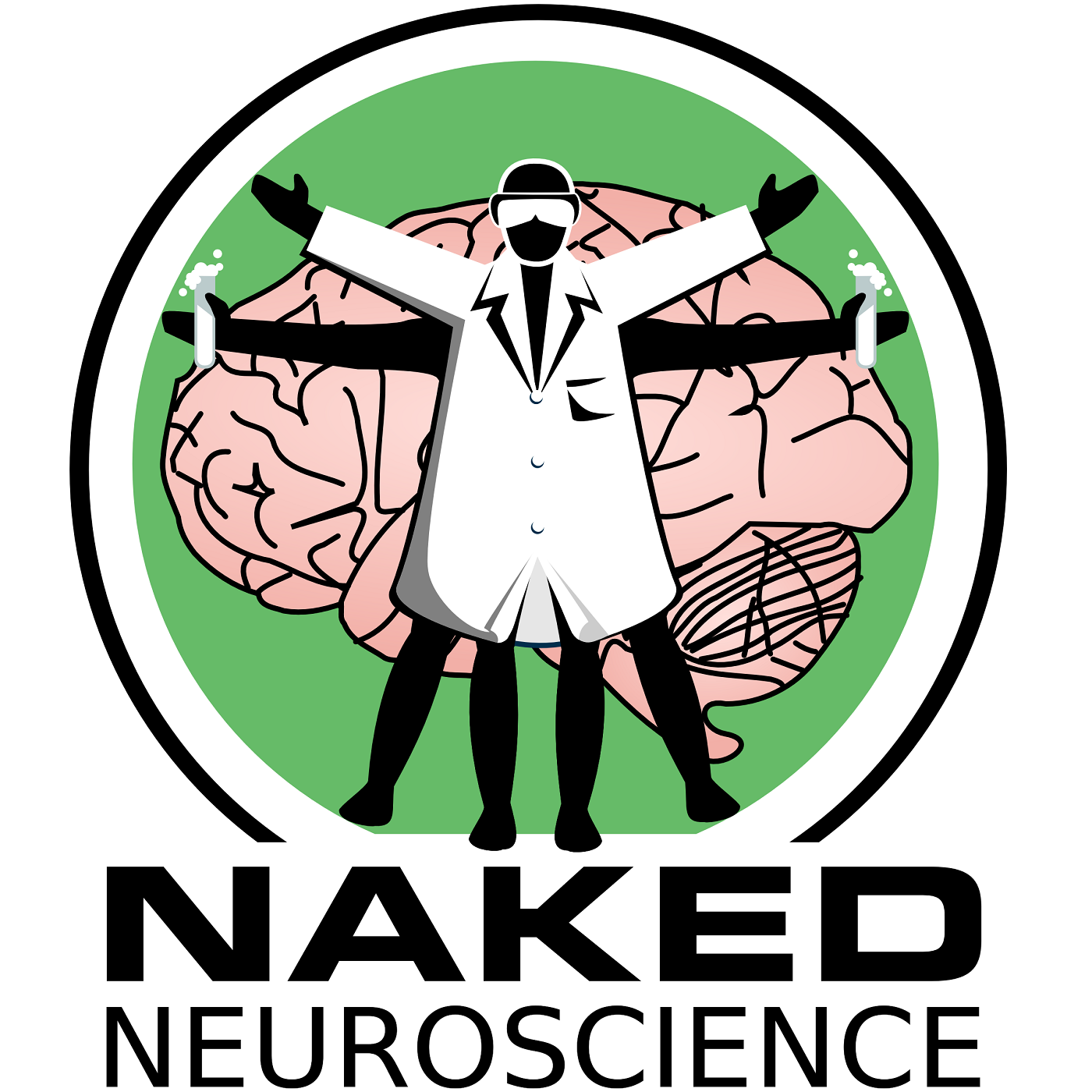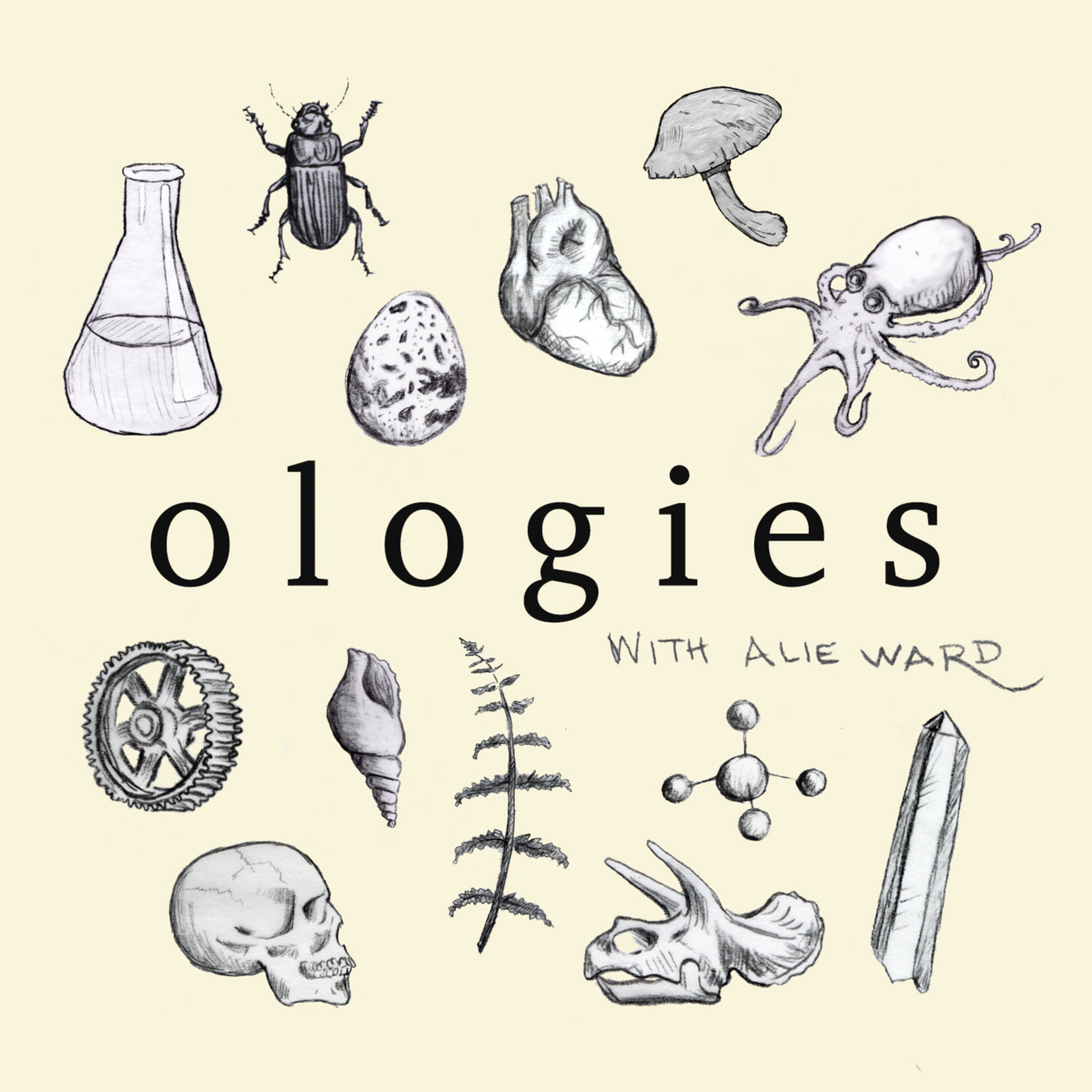
Heliox: Where Evidence Meets Empathy 🇨🇦
Join our hosts as they break down complex data into understandable insights, providing you with the knowledge to navigate our rapidly changing world. Tune in for a thoughtful, evidence-based discussion that bridges expert analysis with real-world implications, an SCZoomers Podcast
Independent, moderated, timely, deep, gentle, clinical, global, and community conversations about things that matter. Breathe Easy, we go deep and lightly surface the big ideas.
Curated, independent, moderated, timely, deep, gentle, evidenced-based, clinical & community information regarding COVID-19. Since 2017, it has focused on Covid since Feb 2020, with Multiple Stores per day, hence a sizeable searchable base of stories to date. More than 4000 stories on COVID-19 alone. Hundreds of stories on Climate Change.
Zoomers of the Sunshine Coast is a news organization with the advantages of deeply rooted connections within our local community, combined with a provincial, national and global following and exposure. In written form, audio, and video, we provide evidence-based and referenced stories interspersed with curated commentary, satire and humour. We reference where our stories come from and who wrote, published, and even inspired them. Using a social media platform means we have a much higher degree of interaction with our readers than conventional media and provides a significant amplification effect, positively. We expect the same courtesy of other media referencing our stories.
Heliox: Where Evidence Meets Empathy 🇨🇦
💔 Solar storms and heart attacks: Geomagnetic Storms and Myocardial Infarction Susceptibility in Women
Please take a look at the corresponding Substack episode.
We've been looking in the wrong direction.
While cardiologists scrutinize cholesterol panels and blood pressure readings, while researchers parse genetic markers and lifestyle factors, something vast and invisible has been influencing heart attack risk all along. It's 93 million miles away, and we've known about it—sort of—for nearly a century. We weren't paying attention to what it might mean for the women in our lives.
Influence of geomagnetic disturbances on myocardial infarctions in women and men from Brazil
This is Heliox: Where Evidence Meets Empathy
Independent, moderated, timely, deep, gentle, clinical, global, and community conversations about things that matter. Breathe Easy, we go deep and lightly surface the big ideas.
Thanks for listening today!
Four recurring narratives underlie every episode: boundary dissolution, adaptive complexity, embodied knowledge, and quantum-like uncertainty. These aren’t just philosophical musings but frameworks for understanding our modern world.
We hope you continue exploring our other podcasts, responding to the content, and checking out our related articles on the Heliox Podcast on Substack.
About SCZoomers:
https://www.facebook.com/groups/1632045180447285
https://x.com/SCZoomers
https://mstdn.ca/@SCZoomers
https://bsky.app/profile/safety.bsky.app
Spoken word, short and sweet, with rhythm and a catchy beat.
http://tinyurl.com/stonefolksongs
Curated, independent, moderated, timely, deep, gentle, evidenced-based, clinical & community information regarding COVID-19. Since 2017, it has focused on Covid since Feb 2020, with Multiple Stores per day, hence a large searchable base of stories to date. More than 4000 stories on COVID-19 alone. Hundreds of stories on Climate Change.
Zoomers of the Sunshine Coast is a news organization with the advantages of deeply rooted connections within our local community, combined with a provincial, national and global following and exposure. In written form, audio, and video, we provide evidence-based and referenced stories interspersed with curated commentary, satire and humour. We reference where our stories come from and who wrote, published, and even inspired them. Using a social media platform means we have a much higher degree of interaction with our readers than conventional media and provides a significant amplification effect, positively. We expect the same courtesy of other media referencing our stories.
Forget your blood pressure cut for just a second. Tell me this. What if the most powerful, maybe invisible influence on your heart health right now is actually 93 million miles away? We're not talking stress today, not bad cholesterol. We're talking about the sun. And what the turbulence it creates in the space around us. Exactly. And for this deep dive, we're really venturing into this remarkable intersection of astrophysics and believe it or not, public health. Right. We are unpacking a pretty cutting edge study that explored the link between disturbances out there in our cosmic neighborhood, what we call space weather, and the occurrence of myocardial infarctions. Yeah. Heart attacks. OK, and our sources here, they pull directly from a really robust piece of research published in a nature portfolio journal. This wasn't looking at, you know, abstract space data in isolation. Right. It analyzed real world public health records from San Jose dos Campos, a city in Sao Paulo, Brazil, covering a seven year span, 1998 to 2005. And the mission here, I think, is pretty clear. We need to understand the evidence suggesting that while, yes, solar activity is fundamental for life on earth. Sure. Photosynthesis, vitamin D. Absolutely. It drives photosynthesis, helps us synthesize vitamin D. But the times when that activity gets, let's say, chaotic, they might actually act as a hazard. Okay. And here's the kicker. this hazard seems to hit one demographic group disproportionately harder, much harder. All right, let's ground this concept first, though. When we talk about space weather, we're focusing specifically on geomagnetic disturbances, GMDs. For those of us maybe not following heliophysics daily, what actually is happening during a GMD? Okay, so think of the sun not just as a ball of light, but as a giant, sometimes unpredictable electrical conductor. Periodically, it violently ejects these huge clouds of magnetized plasma. Right, the CMEs we hear about. Exactly, coronal mass ejection CMEs. Now, when these energetic particles slam into Earth's magnetic field, our magnetosphere, it causes this kind of cosmic collision and a compression. GMDs are the resulting shock waves and, you know, the fluctuations in our own magnetic bubble. So it's basically Earth's shield getting battered by solar energy bursts. But if this force is invisible, how did the researchers quantify it? How do you actually put a number on how violently the sun is, well, shaking our planet? Yeah, good question. They use the established international metric for measuring these specific fluctuations. The planetary index or KP index. Okay, KP index. Let's unpack that, you know, to the uninitiated index. It sounds pretty technical. Is there an analogy? Well, you could think of the KP index sort of like a Richter scale, but for solar turbulence affecting Earth. Okay. Instead of measuring geological premors, it measures the severity of the magnetic tremors. It's based on three-hour measurements taken by magnetometers stationed all around the globe. And the scale? The scale runs from zero, meaning everything is magnetically calm and quiet, right up to nine, which signifies a really major geomagnetic storm. And the researchers, they didn't just look at those individual three-hour shunks, did they? They aggregated this data to classify entire days. Precisely. They took the daily summation of those three-hour CAPE readings, and they created three basic buckets for classifications. Makes sense. So days were categorized as quiet if the total Cape sum for the day was 24 or less. They were moderate if it was between, say, 24 and 32. And crucially, days were flagged as disturbed if the daily Cape summation went over 30. 32. Okay, so that gave them a clean, measurable environmental variable they could then correlate against the heart attack admissions data. Exactly. And we should also note, this is a pretty unique study location, isn't it? They looked at, what, 300 and 340 MI cases across that seven-year period? Yep, 1,340 cases. Covering nearly all of solar cycle 23. Right. But the fact that this study took place in Brazil, that's a medium to low latitude, that seems important context. Oh, it's vital context. Most of the prior research linking space weather to health outcomes has been done in higher latitudes. Think Scandinavia, Canada. Where the northern lights are, basically. Right, where the magnetic field lines kind of funnel those solar particles more directly, making the GMD effect potentially stronger, more obvious. The fact that these Brazilian researchers found such a strong correlation at a medium latitude, well, it suggests this isn't just a polar phenomenon. It might actually be a global one. All right. Okay. Let's unpack the primary discovery then. They lined up the patient admissions, what was it, 871 men and 469 women. That's right. Against those three categories. Quiet, moderate, and disturbed geomagnetic days. So what was the core finding? What happened when you compare the quiet days to the disturbed ones? Well, the central finding is, frankly, striking, almost unbelievable at first glance, the relative frequency of MI cases during disturbed geomagnetic conditions. It was almost three times greater compared to the rate of cases occurring during geomagnetically quiet conditions. Wait, three times? Three times. So the risk, statistically speaking, on a solar storm day was triple that of a magnetically calm day. Wow. Okay, if the overall rate triples, that's already, you know, pretty concerning. But when they split the numbers by sex, that's where the study authors themselves seem to get their biggest shock. Yeah. You said overall men had nearly double the admissions compared to women throughout the entire study period. That's fairly typical for Hart stats, right? Right, exactly. If you looked at a geomagnetically quiet day, that ratio held up perfectly. It was about 1.98 male admissions for every one female admission, tracked just like you'd expect from general health demographics. But then, okay, once the space weather hit that disturbed classification... Yeah. That familiar ratio just collapsed. It plummeted, yeah. On those high-activity GMD days, the ratio of male-to-female admissions dropped dramatically. It went down to just 1.22 to 1. Whoa. We're talking 66 men admitted versus 54 women admitted on those specific highly-disturbed days. So that suggests while GMDs increase the risk for everyone, it looks like they activate some massive disproportionate vulnerability specifically in women. That's what the numbers strongly imply. It seems like the baseline risk for women just skyrockets on those disturbed days far more than it does for men relatively. speaking. Hold on. So the incidence rate for women on those severe days must have jumped way, way higher compared to their own baseline and even compared to the jump men experienced. That's exactly what the data points towards. And, you know, the mortality data, it reinforces this deeply concerning pattern of female susceptibility. How so? Well, look at the age group over 60 during those disturbed periods. Despite women having fewer total admissions in that age bracket overall, they recorded 14 female deaths compared to only nine male deaths under those disturbed conditions. So not just triggering more events, but potentially more fatal events, especially for older women. It certainly looks that way from this data. The magnetic disturbance wasn't just nudging things along. It appeared to be potentially triggering a more severe outcome in that case. group. And this wasn't just restricted to the older group for women either, was it? No, not at all. For women aged between 30 and 60, the MI occurrence rate jumped significantly. It went from about 7.1% on quiet days up to 11.2% on disturbed days. That's a big jump. It is. And that upward trend was mirrored in the older group too. Women over 60 showed an MI rate of 9% on quiet days. which leaped to 13.5% under disturbed conditions. So younger, older, if female, the magnetic activity seems to have acted as this really profound trigger. That's the picture the data paints. Okay, so to be sure this wasn't just, you know, a statistical fluke or some weird artifact on the numbers, the researchers used an advanced analysis tool. K means clustering. Sounds complicated. It is, yeah. It's an unsupervised machine learning method. Right. What was the plain English takeaway? Did the computer basically confirm this vulnerability pattern? Absolutely. The computer cluster analysis, it groups days based on common factors without being told what to look for initially. And the cluster that was clearly defined by the highest severity of space weather those days with the biggest cape information. index sums. That cluster also showed a clear and pronounced predominance of the female sex. And interestingly, the centroid age for that cluster was around 65. So the statistics, the machine learning, it all unequivocally backed up the observation. Geomagnetic activity and female MIs were tightly linked in this data set. Yes, the correlation was statistically robust. Okay, that is a powerful correlation. Now we have to shift from the what to the why. The study authors, they were careful to mention existing medical reasons why women are already at a different, sometimes higher, risk for cardiovascular disease. issues. Yes, very much so. They acknowledge the known factors. As women age, they tend to accumulate more comorbidities, things like diabetes, hypertension. They also experience a natural decrease in certain protective antioxidant metabolites post-menopause. And crucially, women often present with atypical heart attack symptoms. Which can lead to delays in diagnosis and treatment. Exactly. So these existing vulnerabilities already mean that even with fewer overall admissions, female mortality numbers were already quite close to male mortality numbers in the full data set before considering space weather. Okay, so the study isn't arguing that GMDs are suddenly causing heart attacks and otherwise perfectly healthy people out of the blue. No, not directly causing an isolation. It's more like GMDs might act as the final straw, the decisive environmental trigger in individuals who are already susceptible for other reasons. That is the core hypothesis. That's their contribution here. The magnetic activity is proposed to act as an additional trigger for the actual activity. deflagration, the onset of a heart attack, particularly in susceptible women. Like shaking a house that already has a weak foundation until it finally gives way. That's a good analogy, yeah. You know, I find it fascinating that this research, it kind of reaches back into history a bit. The idea that the sun influences human biology isn't some, you know, new age concept. It has a scientific history, doesn't it? Oh, very much so. The source material explicitly cites pioneers like the Russian scientists, Shazevsky and Vernadsky. Decades ago, they were already investigating potential connections between solar cycles, things like sunspots and events on Earth. Like what kind of events? Things like epidemics, fluctuations in bacterial growth rates, even animal migrations. They had these grand ideas. Wow. So this modern research is essentially applying rigorous, you know, 21st century data analysis and statistical methods to these older but quite profound ideas that space weather influences our biological systems right down here. Which brings us to the really tricky part, the hypothesized mechanism, which is maybe the hardest part to grasp. How does a magnetic fluctuation way out in space physically translate into a biochemical change in someone's heart? Right. That's the million dollar question. The leading theory involves the Earth's natural electromagnetic field, specifically a phenomenon called the Schumann resonances. or SR. Human resonances, okay. Sounds very sci-fi. Break that down for us. What does that mean in simple terms? Well, SRs are essentially, you could think of them as the Earth's background electromagnetic hum or maybe its atmospheric heartbeat. Lightning strikes are constantly happening all over the globe and they discharge energy into the cavity between the Earth's surface and the ionosphere. This causes the atmosphere itself to resonate, to vibrate at certain very specific, extremely low frequencies. Like a bell ringing. Sort of, yeah. And the fundamental frequency of this natural hum is incredibly low. It centers around 7.8 hertz, 7.8 cycles. per second. Okay, 7.8 hertz. Why is that specific extremely low frequency potentially so important for human health? Because that specific range of extremely low frequencies generally consider 0 to 35 hertz for these resonances. It coincides remarkably well with the primary frequency range measured by electron cephalography or EEG. Brain waves. Exactly. The electrical waves our brains generate like alpha and theta waves fall within that band, roughly 0.530 hertz. And The hypothesis is that life, including us, evolved, bathed in this natural electromagnetic frequency of the planet. We might be sort of tuned to it. Okay, I think I follow. So when a GMD, a geomagnetic disturbance, hits, what happens to this natural hum? Well, the theory posits that the GMDs act like a massive amplifier. They dump huge amounts of energy into the Earth's system. dramatically raising the intensity of the SR signal and possibly even shifting its frequency slightly, pushing it to extreme levels. So it was like someone suddenly cranked the volume way up on the Earth's background hum. That's the idea. And if our bodies, our neurological systems, our cardiac systems, are somehow subtly tuned to the Earth's natural, quiet rhythm, then a sudden, intense blast of energy in that same frequency range could disrupt our internal chemical balance. And that disruption could hit key regulatory chemicals, maybe? That's the proposed link. It's theorized that this electromagnetic shock could disrupt the delicate balance of neurotransmitters like melatonin and serotonin. Ah, the sleep and mood regulators. Exactly. And they do much more. They're critical for maintaining our circadian-driven homeostasis. That's the internal balance governing everything from sleep cycles to blood pressure regulation, immune response, and most relevantly here, crucial cardiac functions and neurological processes. So if GMDs violently interrupt that delicate biological balance, they effectively become these invisible natural hazards capable of triggering acute events like a heart attack in someone already vulnerable. That's the hypothesis linking space weather, human resonances, and biological effects. It's complex and still needs much more research, but it provides a plausible pathway. Okay. So let's try to synthesize this. What does this all mean for us, for you listening? We have this compelling observational evidence from a study, importantly, at a low to medium latitude. Right. Suggesting that high levels of geomagnetic disturbance correlate strongly with a nearly triple rate increase in heart attacks overall. and perhaps most shockingly, a disproportionate surge in risk specifically for women. It's a really compelling correlation, yes. Right. But we absolutely have to reiterate the crucial caveats the authors themselves were very clear about. Okay, important point. This was an environmental observational investigation. It was conducted in a single city, San Jose dos Campos, with a modest sample size, relatively speaking. So not definitive proof. Definitely not definitive proof. The researchers are explicitly stating this is not conclusive, and it is absolutely not intended to incite alarm or panic. Right. It represents an empirical result, a finding from the data, but one of hypothetical significance. It's basically a massive flag planted in the ground saying, "Hey, look over here. These numbers demand further investigation." It certainly challenges our usual assumptions about health risk factors, doesn't it? Forcing us to look beyond just terrestrial factors, things happening right here on Earth. It really does. And it leads to a pretty profound thought, I think. If GMDs do act as a potential measurable trigger for cardiovascular events, and we know these disturbances aren't random, they tend to peak during the sun's fairly predictable 11-year solar cycle. Well, this raises an extremely important question that medical science might need to start grappling with. Which is? Should monitoring and prevention strategies for high-risk cardiac patients, particularly women, given the specific susceptibility shown in the study, should those strategies eventually incorporate space weather forecasting? Wow. So you're saying we might need to start checking NASA's space weather alerts, not just the local weather report, to better protect certain high-risk populations down the line. It's a question this kind of research forces us to ask. It's early days, but the potential implications for preventative health could be quite significant if these findings are replicated and the mechanisms become clearer. It's certainly something to watch.
Podcasts we love
Check out these other fine podcasts recommended by us, not an algorithm.

Hidden Brain
Hidden Brain, Shankar Vedantam
All In The Mind
ABC
What Now? with Trevor Noah
Trevor Noah
No Stupid Questions
Freakonomics Radio + Stitcher
Entrepreneurial Thought Leaders (ETL)
Stanford eCorner
This Is That
CBC
Future Tense
ABC
The Naked Scientists Podcast
The Naked Scientists
Naked Neuroscience, from the Naked Scientists
James Tytko
The TED AI Show
TED
Ologies with Alie Ward
Alie Ward
The Daily
The New York Times
Savage Lovecast
Dan Savage
Huberman Lab
Scicomm Media
Freakonomics Radio
Freakonomics Radio + Stitcher
Ideas
CBC

